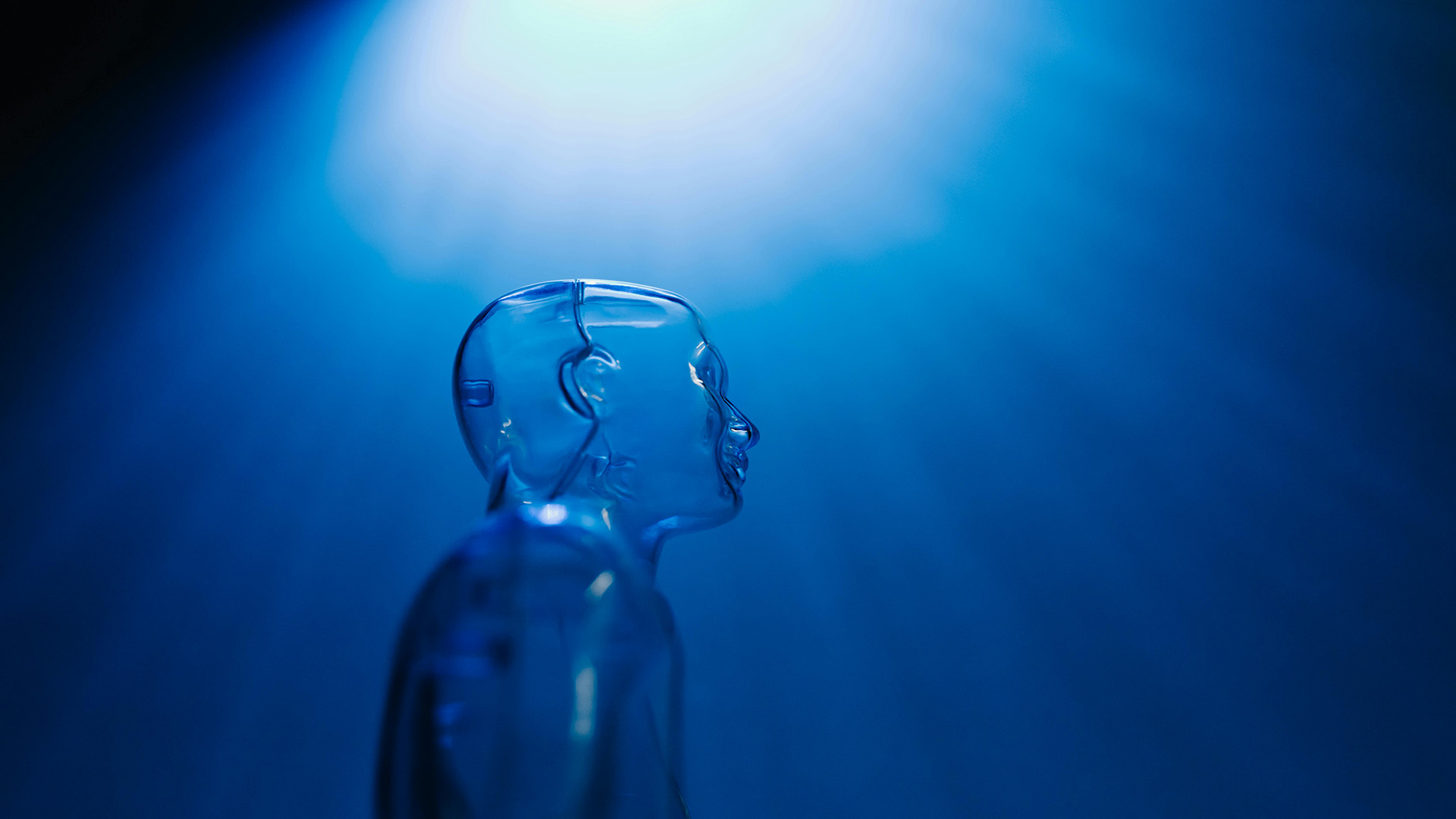What if the key to unlocking unprecedented innovation lies not in artificial intelligence alone, but in its synergy with the naturally creative neurodivergent mind? As organizations worldwide rush to implement AI solutions, a remarkable opportunity emerges at the intersection of technology and human cognitive diversity. Yet, how can we harness this potential without inadvertently suppressing the very creativity we seek to amplify?
Studies show that neurodivergent individuals — comprising 15-20% of the population — excel in pattern recognition, creative problem-solving, and innovation. In the technology sector alone, companies with neurodiversity hiring programs report higher retention rates and increased productivity in specialized teams. Microsoft’s autism hiring program, launched in 2015, has become a benchmark for successful neurodiversity integration, leading to breakthroughs in user interface design and accessibility features.
However, traditional corporate structures often hinder these unique abilities. Standard office environments, with fluorescent lighting, open floor plans, and rigid scheduling, can create overwhelming sensory experiences for neurodivergent individuals. Research from the Harvard Business Review indicates that 85% of neurodivergent employees struggle with conventional workplace expectations despite possessing above-average skills in their areas of expertise.
The emphasis on standardized 40-hour workweeks and rigid performance metrics misaligns with neurodivergent cognitive patterns. Business models designed around sustained attention and predictable productivity fail to accommodate the natural ebb and flow of neurodivergent creativity. Companies often mistake presence for productivity, enforcing fixed schedules and inadvertently suppressing the intense creative periods many neurodivergent individuals experience.
Alternative Approach
Research suggests that neurodivergent professionals often perform best in flexible, project-based environments where they can align work intensity with their natural cognitive rhythms. A 2023 study by the Asana Foundation found that neurodivergent workers with self-structured schedules demonstrated up to 60% higher creative output compared to colleagues working traditional fixed schedules. This challenges the conventional wisdom of full-time positions designed around filling hours rather than maximizing impact.
Progressive organizations are experimenting with alternative work models that prioritize output over hours. These include Results-Only Work Environments (ROWE — where employees are evaluated solely on performance), flexible project contracts, and hybrid arrangements that allow for both intense focus periods and necessary recovery time. When combined with AI-powered project management tools, such models enable neurodivergent professionals to harness their creative peaks while managing essential administrative tasks during lower-energy periods.
This presents a critical opportunity: leveraging AI not as a substitute, but as a strategic partner in amplifying neurodivergent creativity. Companies like SAP have pioneered AI-powered workplace customization tools that adjust environmental factors based on individual needs, modulating lighting, providing noise-canceling solutions, and offering personalized scheduling assistance. Emerging AI platforms can now recognize and adapt to different cognitive styles, offering customized communication interfaces and project management tools that complement diverse thinking patterns.
The impact extends beyond accommodation. In creative industries, AI tools amplify the unique cognitive advantages of neurodivergent individuals. For instance, Adobe’s experimental AI-assisted design tools include features specifically optimized for dyslexic designers, converting verbal descriptions into visual concepts. Similarly, IBM has developed AI systems that translate the intense hyperfocus periods characteristic of ADHD into optimized workflow schedules, maximizing productivity while minimizing burnout.

Yet, this technological integration raises important questions about authenticity and human agency. While AI can enhance and support neurodivergent creativity, it should not homogenize it. The very differences in cognitive processing that society once viewed as limitations are increasingly recognized as valuable assets in problem-solving and innovation. A study by the World Economic Forum found that teams incorporating neurodivergent perspectives were 30% more likely to develop innovative solutions to complex problems.
Future Focused
Ethical AI implementation must prioritize enhancement over alteration. For example, Google’s Project Euphonia adapts speech recognition systems to diverse speech patterns rather than expecting users to conform to standardized speech. This approach exemplifies how AI can expand accessibility while preserving individual differences.
Looking ahead, the combination of AI and neurodivergent creativity promises to reshape our understanding of innovation. Leading tech companies report that neurodivergent-AI collaborative teams consistently outperform traditional teams in creative problem-solving by up to 40%. These results suggest that the future of innovation lies not in choosing between human creativity and artificial intelligence, but in thoughtfully combining their unique strengths.
As we stand at this technological crossroads, the question is no longer whether to integrate AI and neurodiversity but how to do so while preserving and amplifying the unique creative advantages of the neurodivergent mind. By fostering AI-driven inclusivity, businesses can unlock unprecedented innovation—if they commit to designing technology that adapts to minds rather than the other way around.

This article is the result of combining A.I. with a neurodivergent creative brain.
https://www.linkedin.com/pulse/ai-creative-neurodivergent-brain-roland-biemans-0iw4e

Comments are closed